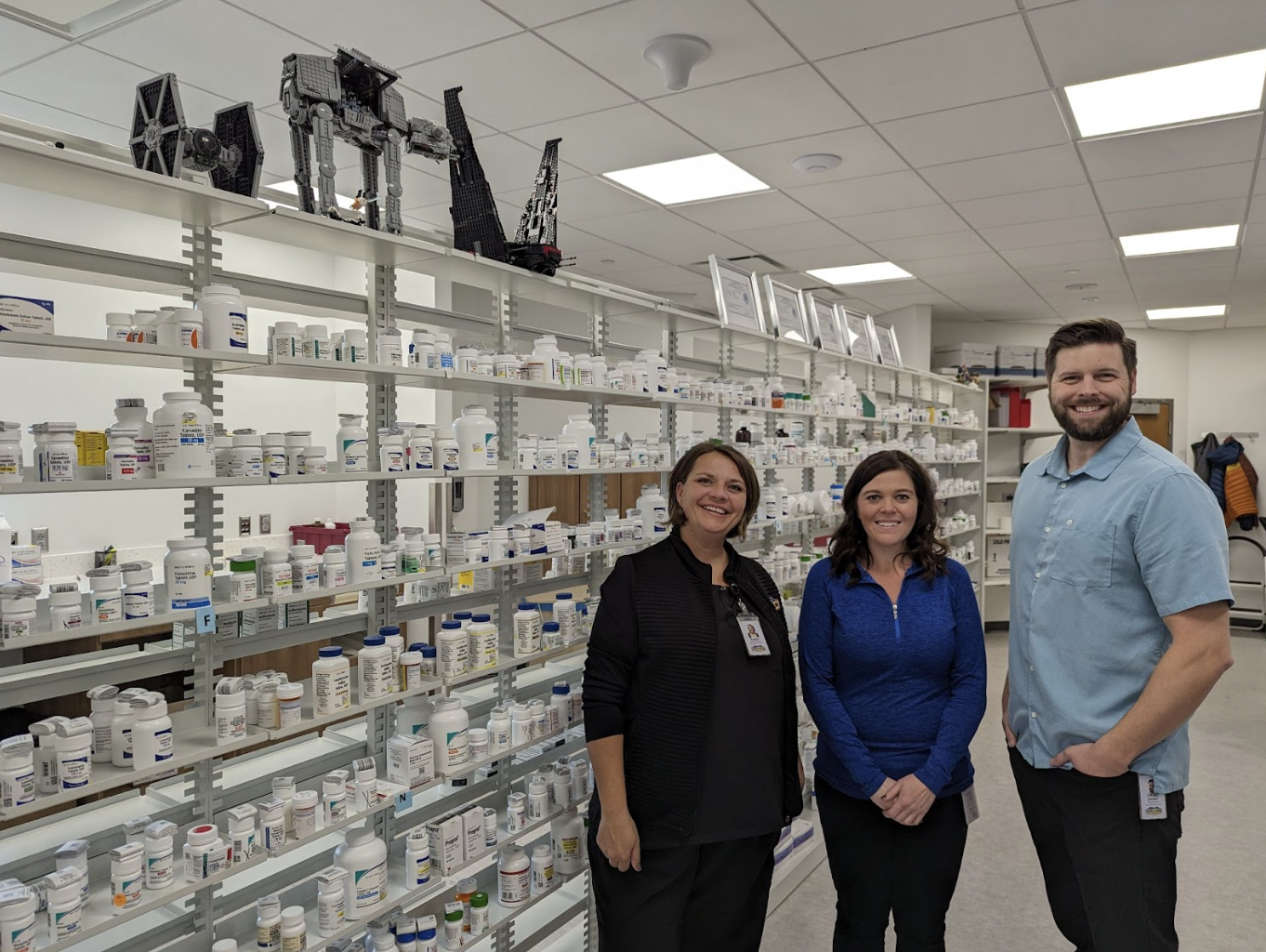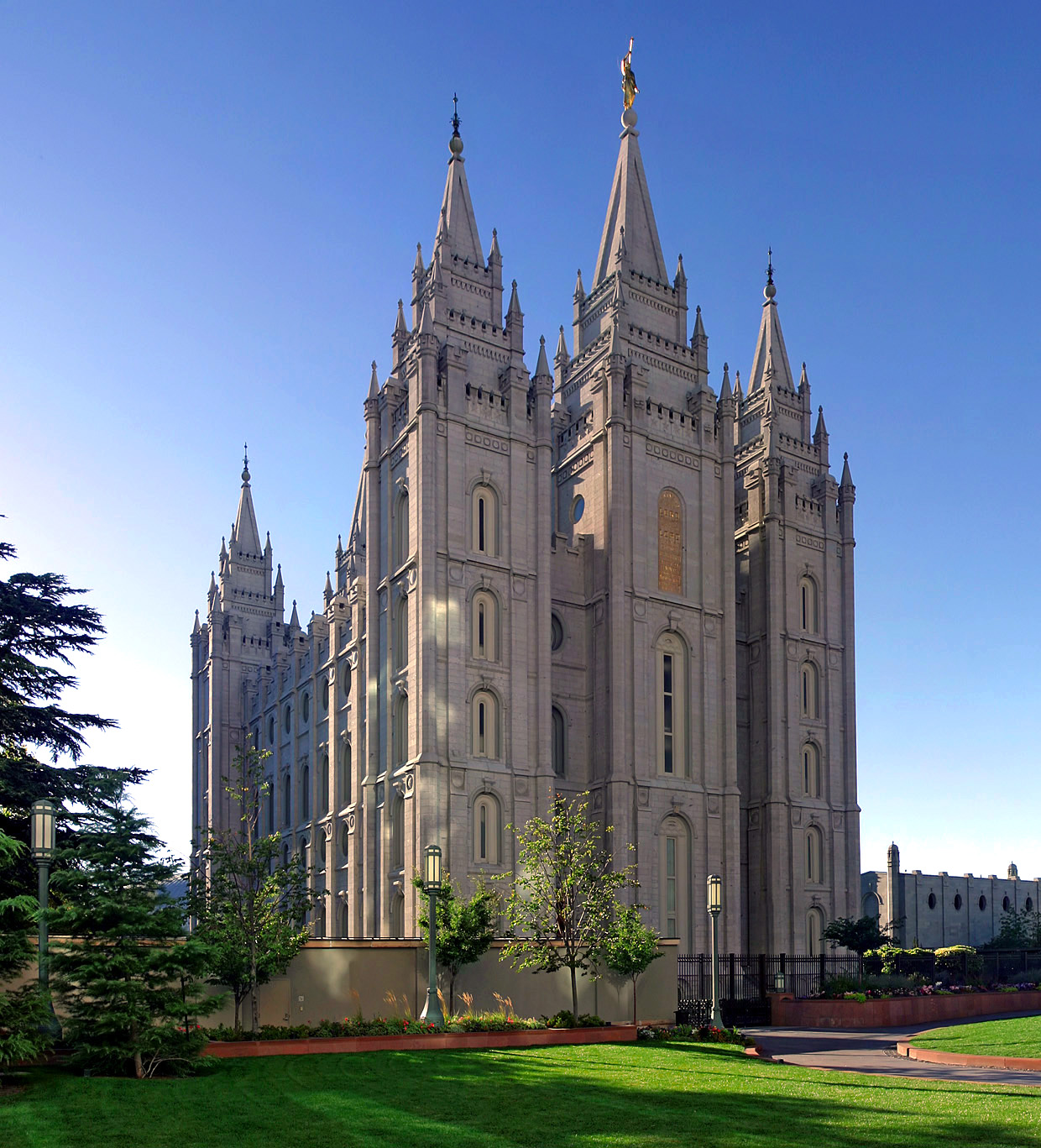On a normal spring break morning in Moab, brightly colored rafts bob down the Colorado River with guide services’ logos emblazoned on their sides. A few miles away guided parties stack ropes in the pre-dawn light below climbing routes in Castle Valley. In town, shuttle services rack bikes on the back of lifted vans.
This year, however, after Governor Herbert issued a “Stay Safe, Stay Home” directive in response to the COVID-19 pandemic on March 27, Moab felt like a ghost town as nonessential businesses closed down.
After a decade of increasing visitation and economic growth, the sudden halt of tourism just before one of the busiest times of the year was a shock to many.
Like many industries, the guiding community was hit hard by canceled trips and lost revenue right at the beginning of their profitable season. Many employees joined others from the hospitality and tourism industries in filing for unemployment to pay rent and living expenses.
Visitors to Arches and Canyonlands spent $22.8 million recreational industries like guiding, according to the 2018 National Park Service Visitor Spending Effects Report. This year it will likely be just a fraction of that.
“I don’t think anyone saw this coming. I couldn’t even imagine a world where Moab’s economy and my business would be affected this negatively,” said Carl Dec, owner of Red River Adventures, who reported that his business’s revenue is down 85% and bookings for future trips are down 68% compared to last year.
Nate Syndor of Moab Desert Adventures shared a similar sentiment.
“For the spring, it crushed us. We’ve lost a ton of revenue, as has everyone else,” Syndor said.
While some companies and employees say they may not return to the industry due to economic loss or fear of infection, many are finding innovative ways to adjust and adapt.
The Industry Adapts
Many guide service owners used the time their business was shut down to build plans adapting to the “new normal,” navigating the federal, state, and local guidelines to minimize risk and liabilities.
The main concerns revolve around social distancing and surface transmission. It can be hard or impossible to keep space between people when on a small ledge on a climb, a tight canyon, or on a raft. Guides also often have to touch the same equipment that clients do, or even physically touch clients in order to safely position them, and occasionally administer first aid.
The American Mountain Guide Association offered suggestions and guidance for both companies and individual guides from Alan Oram, an internationally certified mountain guide and doctor of emergency medicine.
The guidance states that “there must be a paradigm shift in how we work in a mountain environment,” focusing on mitigating risk in a reasonable way.
The AMGA also hosted a webinar about legal liability issues. On the call, different companies revealed very different strategies, from measures as heavy-handed as testing clients for COVID-19 on the day of trips to simply offering pre-trip screening questionnaires.
Currently, there is no agreed-upon, consistent industry-wide protocol, leaving each company to take precautions or risks as they see fit. Locally, guiding services are confident in their plans.
“It was fairly easy actually to come up with a plan and address what needed to be done to be able to operate; basically just distill down through the state guidelines and then apply that to our industry and see what other outfitters were doing as well,” Dec said.
Red River Adventures, like most guide services, enacted new protocols that maximize social distancing, wearing masks when necessary, and additional sanitization of equipment.
“We put together a coronavirus task force, and we worked on a document with medical officials who are recognized throughout the AMGA,” said Aimee Barnes of The Mountain Guides.
“As a guide, we’re used to managing risk all the time,” she said. “I feel that on day to day guiding where you’re in the open air, and you can social distance, I feel fine. I feel fine wearing a mask when I can’t social distance and then just keeping good hygiene.”
Some operators are warier of the possible health risks, she acknowledged.
“I have friends who are not going to guide this season because some of them have received good benefits from unemployment, but I have friends who are not guiding because they have a spouse who is immune-compromised,” said Barnes
“There’s a bunch of questions that I think people should be asking themselves as guide service operators,” said Syndor.
“Do you have to completely change your decommissioning recommission of gear protocol? Do you have to get a front-loading industrial washing machine to wash your ropes [and other equipment] after every trip?” Syndor asked.
Not everyone is willing to get on board with coronavirus mitigation, however. With the politicization of pandemic strategies, guides report that some visitors seem less willing to comply with added hygiene measures than others.
“I had one woman, notably who was calling around trying to find outfitters and lodging that specifically did not require people to wear masks because her husband couldn’t be bothered on his vacation to do so,” said Dec.
“I said, Well, that’s not going to be the case with us, so you might want to look elsewhere,” he said.
Looking to the future
The COVID-19 pandemic is unlikely to vanish overnight and may persist in some form for years to come, according to experts. Yet according to guides, the industry is already accustomed to big changes and economic ups-and-downs. That flexibility will allow companies to weather the economic and public health changes to come.
“I was on a conference call with a bunch of the Pacific Northwest Outfitters, and they were like, ‘Oh, we got this: we’ve been shut down by fires, we’ve lost months, we’ve lost whole seasons,” said Dec.
“If you want to be able to continue to do businesses,” he said, “you better be nimble, have plans and procedures in place for big external shocks.”
A close-up industry reacts to physical distancing recommendations
“As a guide, we’re used to managing risk all the time.”
– Aimee Barnes



